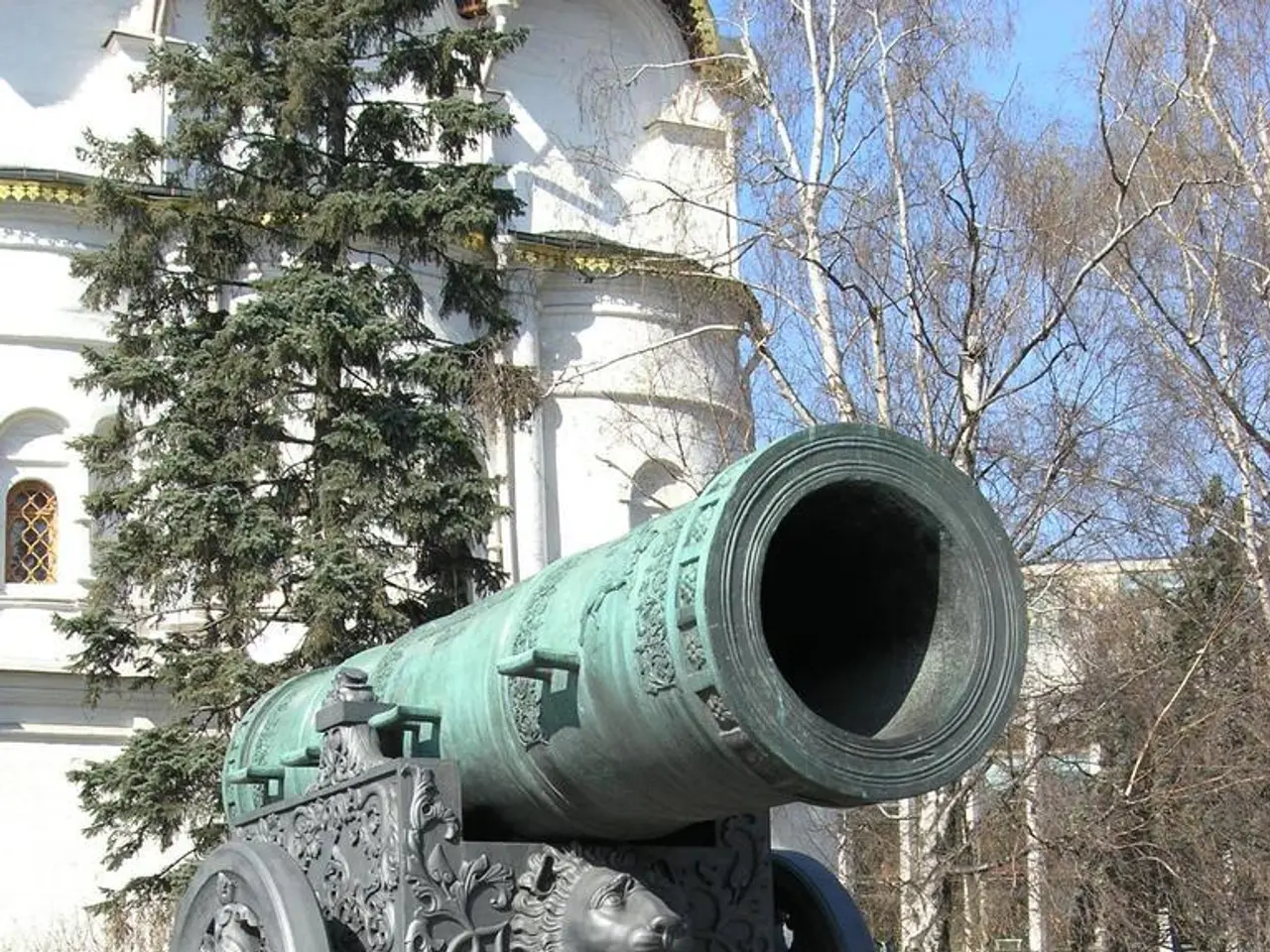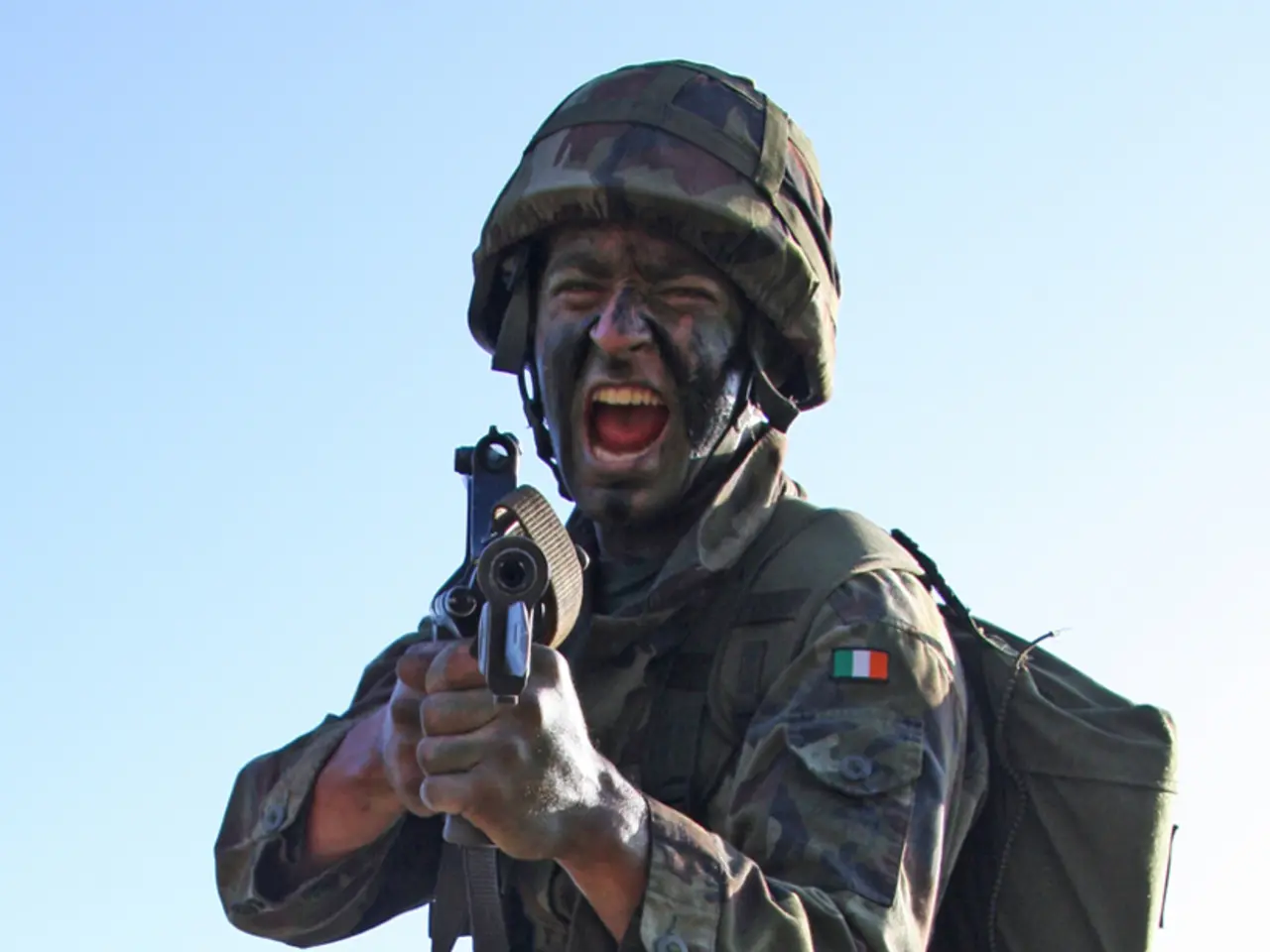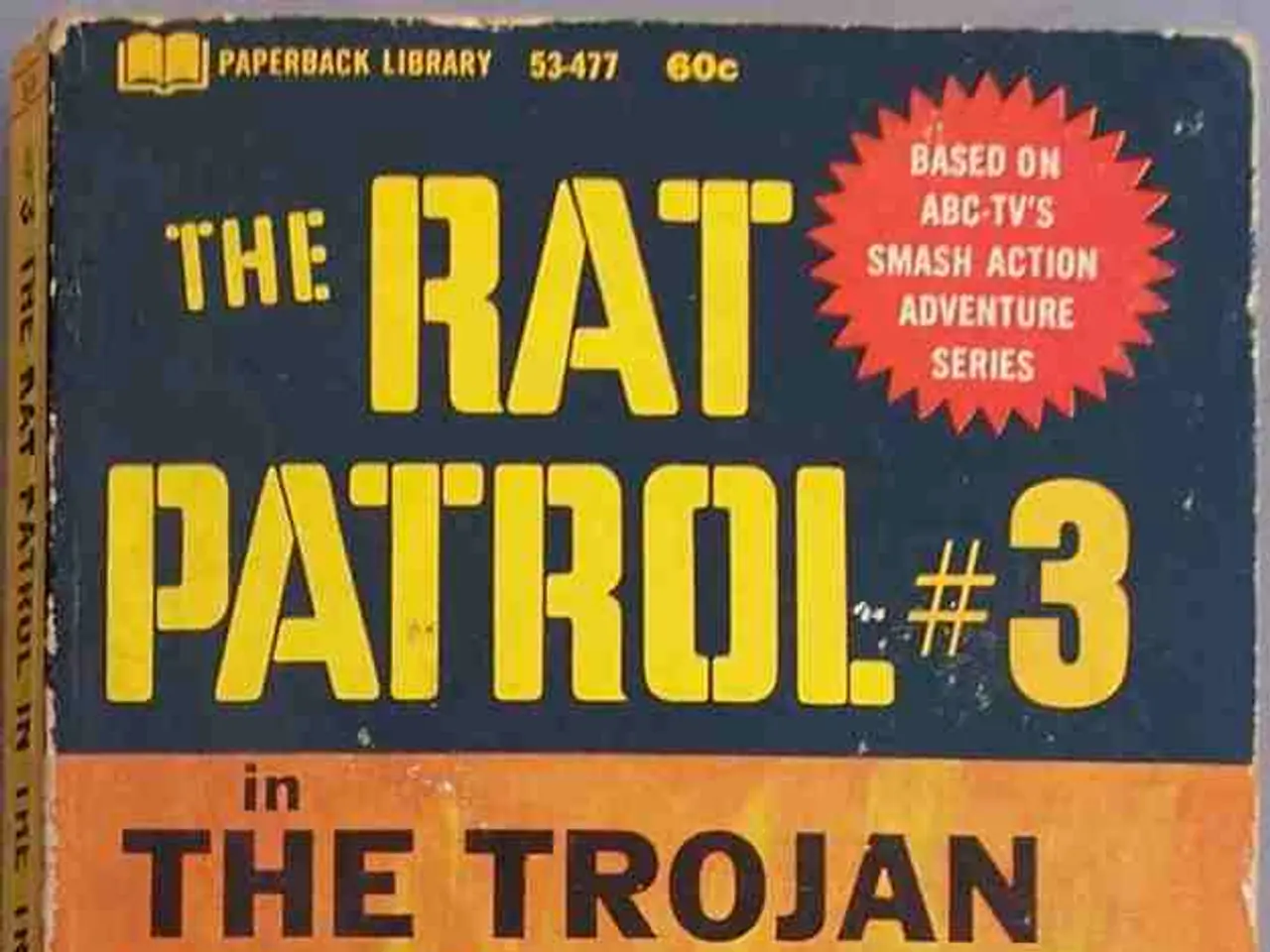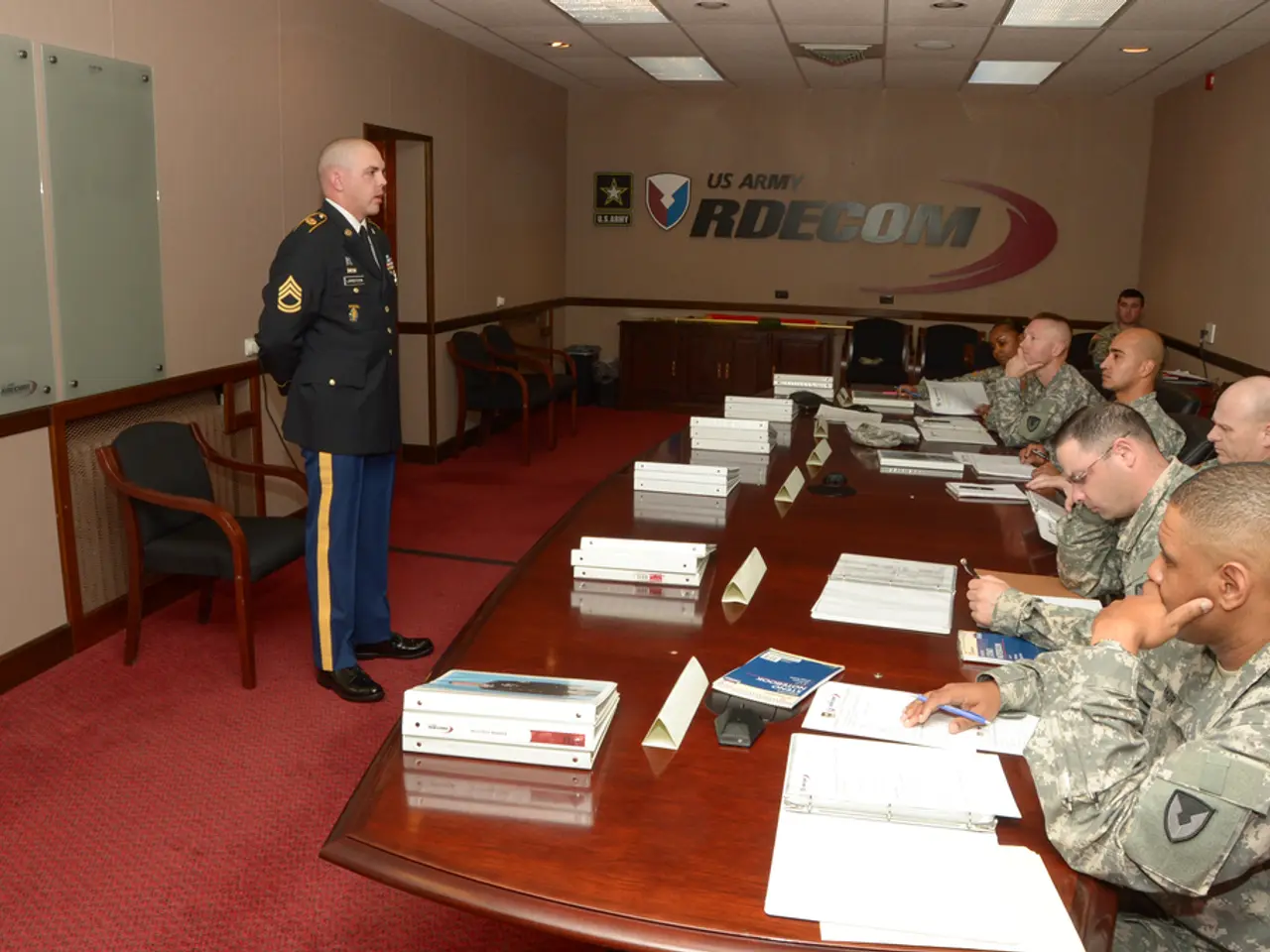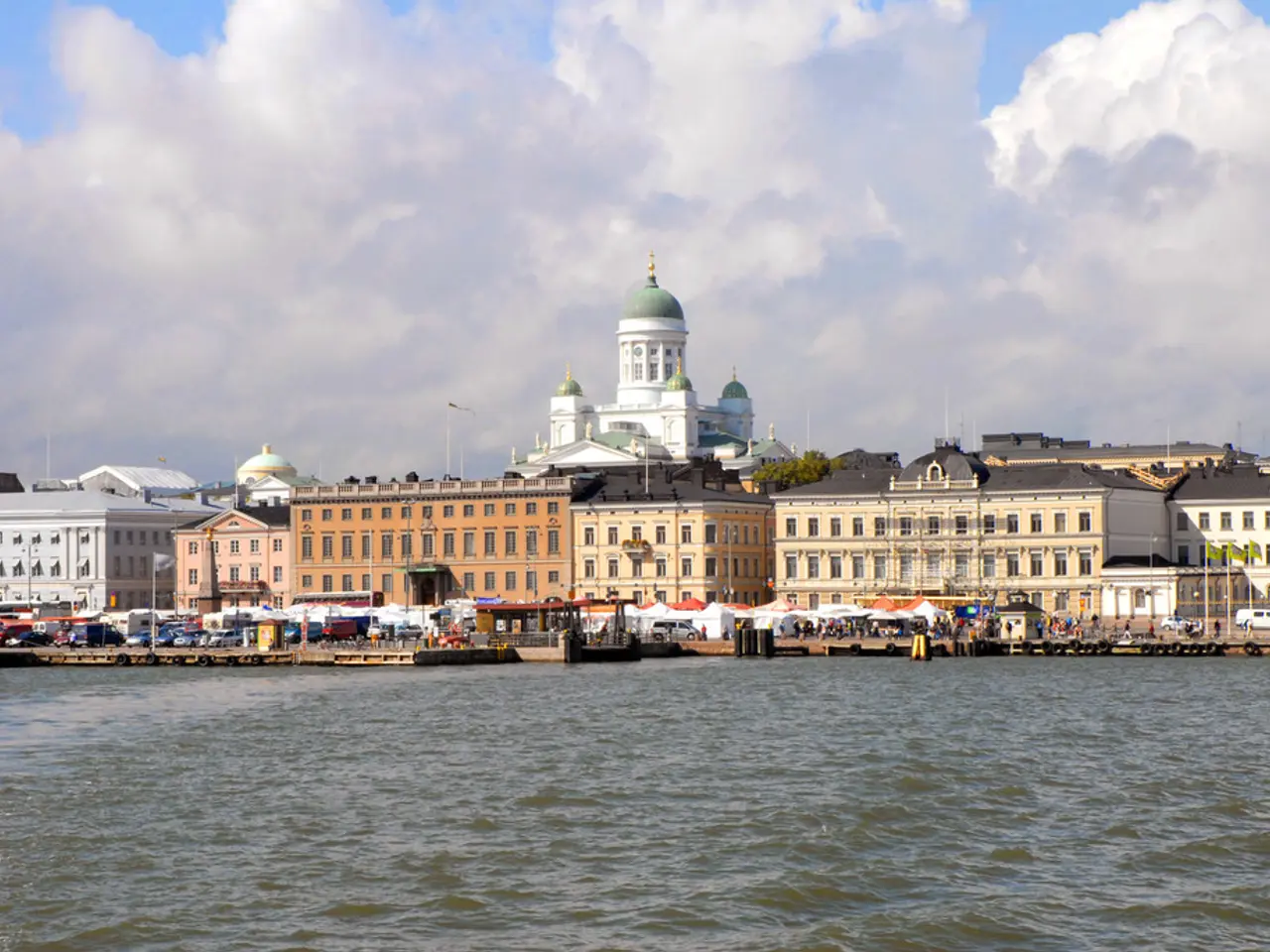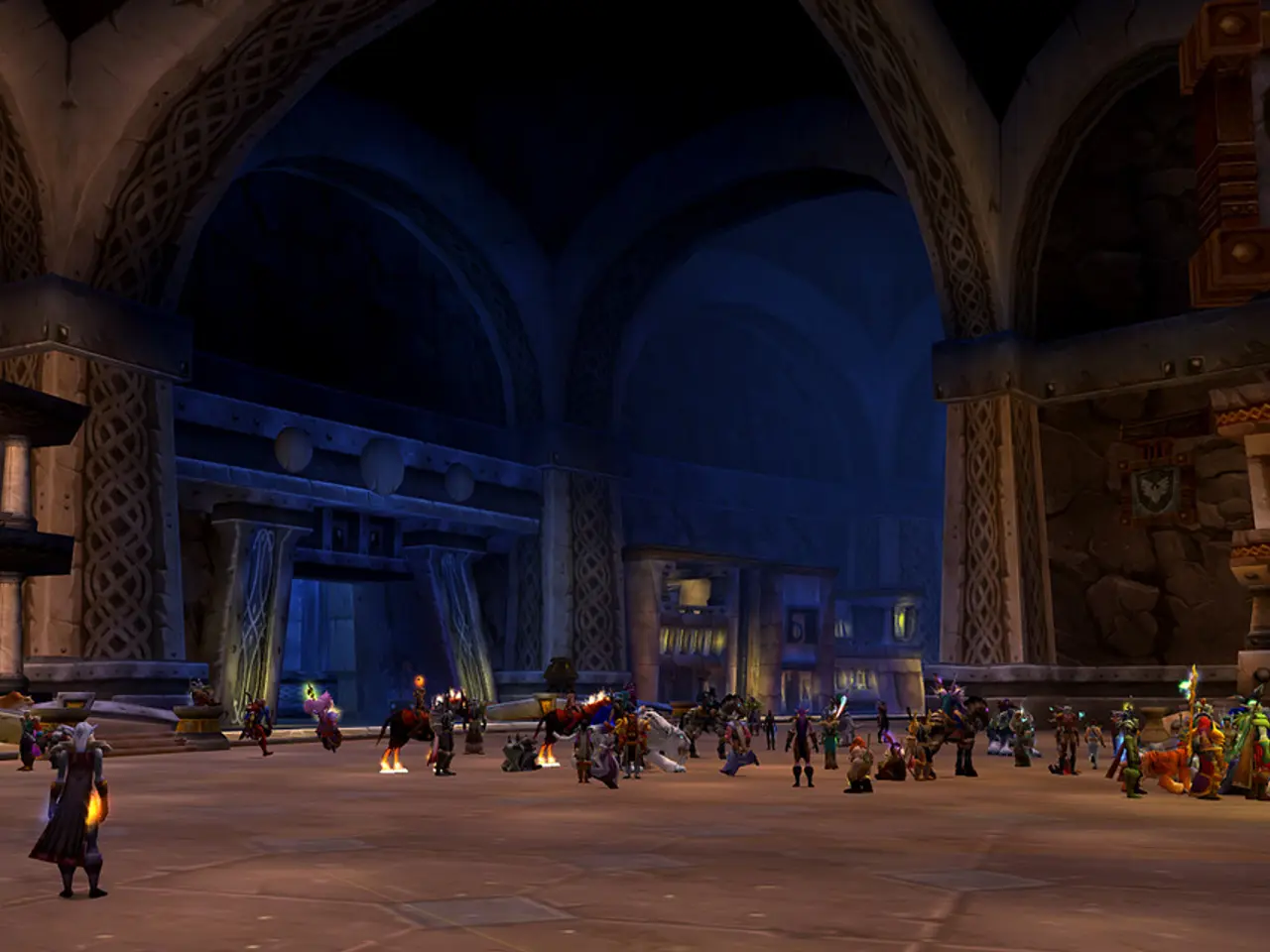Alert Sounded for Two Decades: You've Been Given Fair Warnings for Twenty-Two Years
In a recent State of the Nation Address, Russian President Vladimir Putin outlined Russia's aggressive modernization of its nuclear forces, sparking concerns about global security and arms race dynamics.
Putin highlighted Russia's advancements in strategic weapons, including the development of the Sarmat missile, new missiles without ballistic trajectories, small-scale nuclear energy units for missiles, low-flying stealth missiles, nuclear-powered missiles with unlimited range and maneuverability, submersible vehicles that can move at unprecedented depths and speeds, a high-precision hypersonic aircraft missile system named "Dagger" with a speed of Mach 10, a gliding wing unit missile system, and a missile capable of going "in excess of Mach 20."
The Russian leader pointed out that the operation in Syria has proved the increased capabilities of the Russian armed forces. He also mentioned the development of laser weapons, stating that thousands of Russian experts, scientists, designers, engineers, and young professionals have been working on these projects for years.
Putin's performance was described as a perfectly choreographed threat, as he accused the United States of seeking unilateral advantage against Russia and warned that restrictions and sanctions introduced against Russia are illegal from the standpoint of international law. He stated that any use of nuclear weapons against Russia or its allies will be considered as a nuclear attack on the country.
In contrast, the United States is facing challenges in maintaining and modernizing its own aging strategic deterrent infrastructure. The U.S. nuclear deterrent infrastructure is aging, with many systems requiring replacements or upgrades that have encountered funding, technical, and bureaucratic delays in recent years. Budgetary and political challenges have slowed the pace of modernization for U.S. strategic delivery systems and infrastructure, complicating its ability to sustain a reliable and modern deterrent force.
Russia’s nuclear modernization, combined with expanded nuclear infrastructure near NATO borders, raises tensions and contributes to a renewed nuclear arms competition that complicates strategic stability. Potential security breaches, such as leaked Russian nuclear site documents, further increase risks by exposing sensitive military details, making facilities vulnerable.
The modernization race among major nuclear powers, including China’s rapid nuclear expansion, increases the risk of miscalculation, arms race escalation, and undermines global nuclear arms control frameworks. The disparity in modernization efforts may pressure the United States and its allies to accelerate their own nuclear modernization, potentially fueling further arms competition rather than leading to disarmament.
Putin admonished his countrymen that Russia must not fall behind technologically and must embrace large-scale projects. He spoke of Russia's international reach and referred to a turning point for the entire world. Putin also pointed to Russia's "comprehensive strategic partnership with the People's Republic of China."
Meanwhile, a separate issue arose with the U.S. Navy's Littoral Combat Ship program, which has been criticized for not working as intended and costing almost as much to operate as a guided missile destroyer.
In a previous article, The Washington Post published a piece on "Putin's dangerous campaign to rehabilitate Stalin," noting that both Putin and Stalin murdered political opponents. Putin, however, claimed that Russia has not violated any arms control agreements and has no intention of using these weapons for aggressive goals.
As the global community watches these developments unfold, the need for diplomatic dialogue and arms control negotiations becomes increasingly urgent to ensure peace and stability in an increasingly volatile world.
- In response to Russia's aggressive modernization of its nuclear forces, as outlined by President Vladimir Putin, China has also been expanding its nuclear capabilities, contributing to a renewed nuclear arms competition that complicates strategic stability between major nuclear powers.
- As both Russia and China strengthen their military arsenals, the risk of miscalculation and arms race escalation increases, potentially undermining global nuclear arms control frameworks and urging the United States and its allies to accelerate their own nuclear modernization.
- General news reports suggest that Putin and his administration are seeking to strengthen Russia's strategic partnership with China, aiming to maintain Russia's technological edge while addressing challenges in modernizing their respective military infrastructures.
